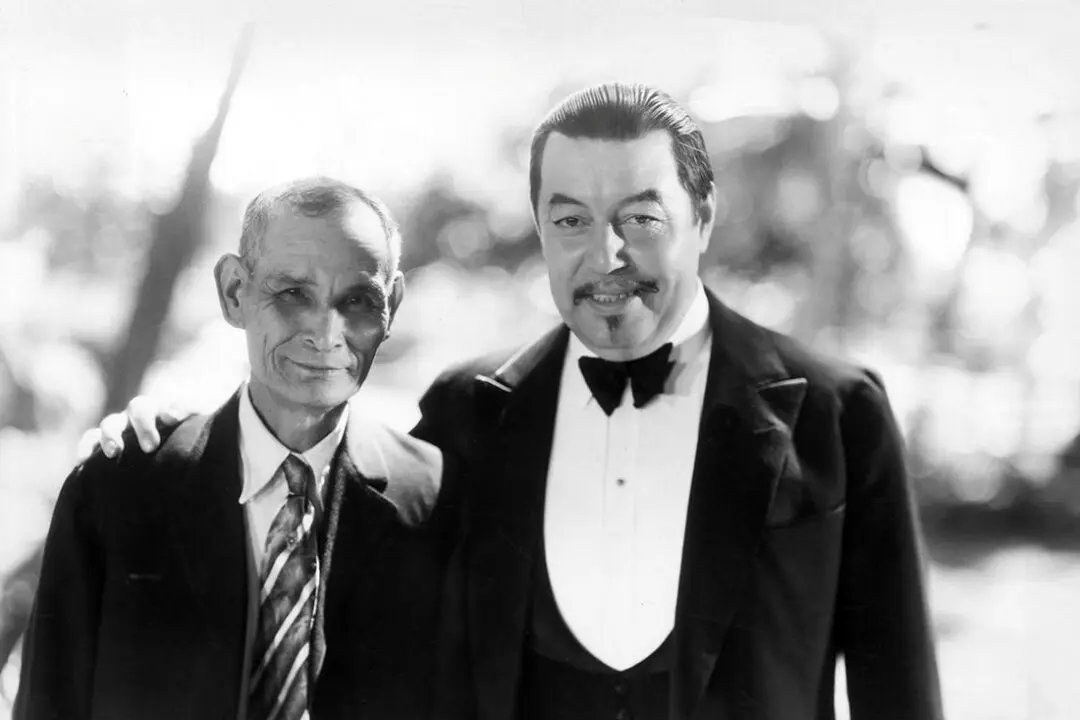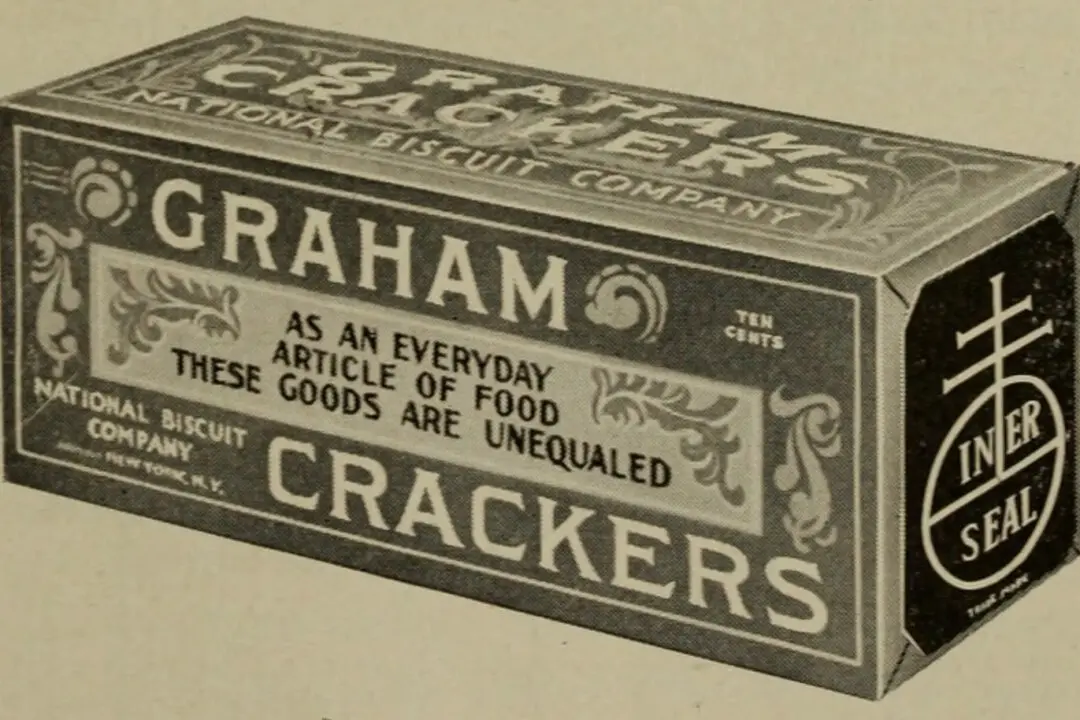In the 1890s, on a second-floor workbench in Kalamazoo, Michigan, a self-taught woodworker and luthier (one who builds stringed instruments) carved the top of a mandolin as a violinmaker might shape a cello plate, transforming sound into sculpture.
Orville H. Gibson’s experiments with carved, arched tops and solid rims moved fretted instruments beyond the thin, bent construction of the 19th century toward a sturdier, more resonant design. Though his name faded from public attention before his death, his ideas became the foundation of one of the most enduring names in American music.






